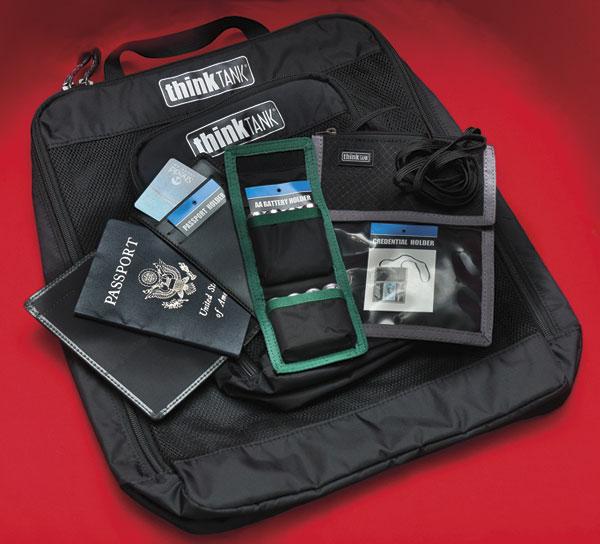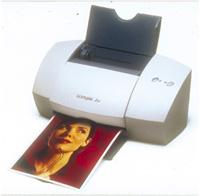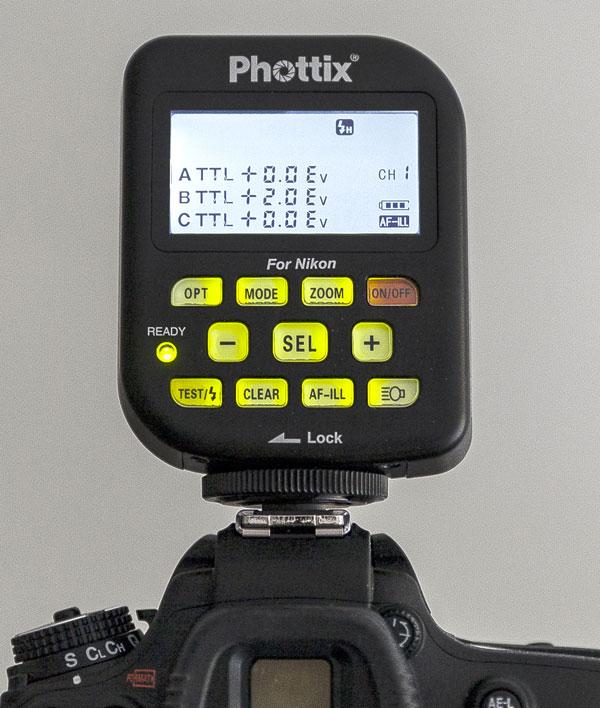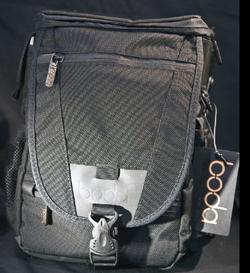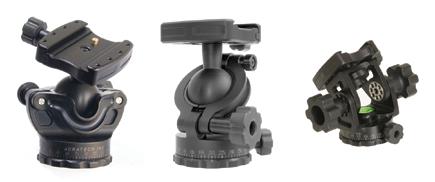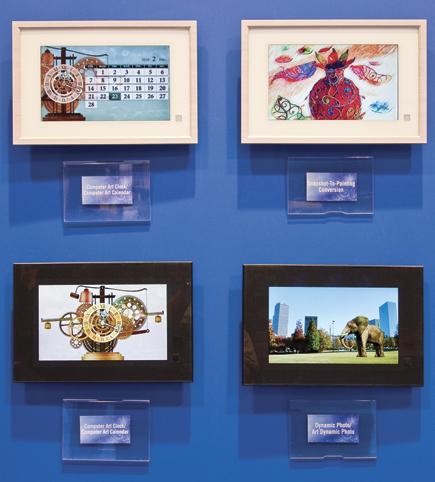Jack Neubart
Sort By: Post Date | Title | Publish Date
|
Sep 02, 2011 |
First Published: Jul 01, 2011
|
Mar 01, 2002
|
Nov 01, 2007
|
Sep 27, 2013 |
First Published: Aug 01, 2013
|
Sep 20, 2012 |
First Published: Aug 01, 2012
|
Jun 01, 2008
